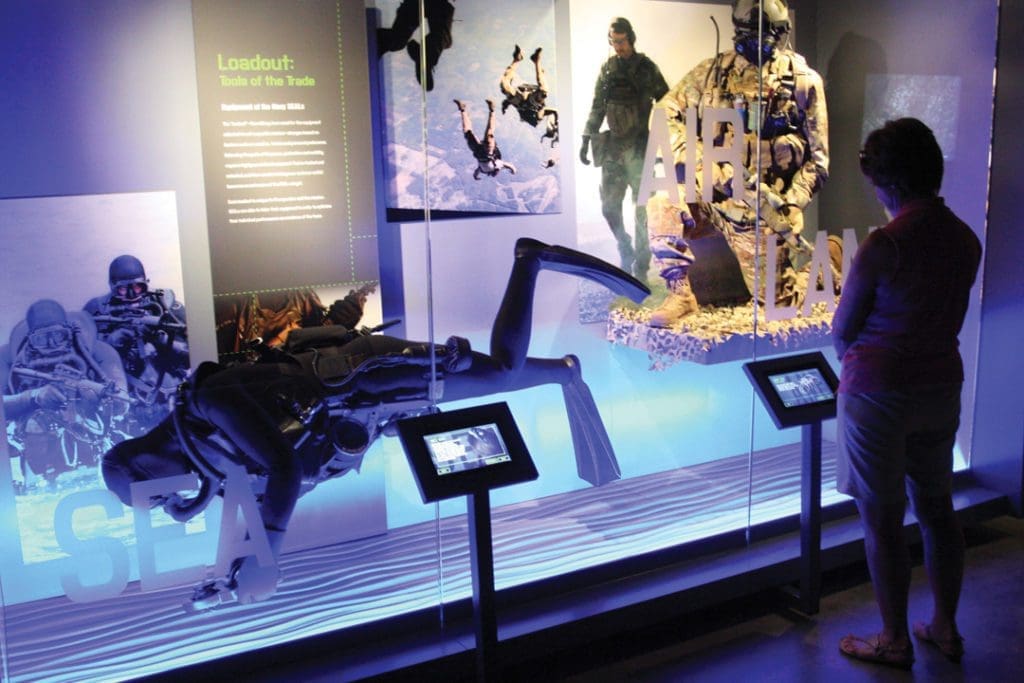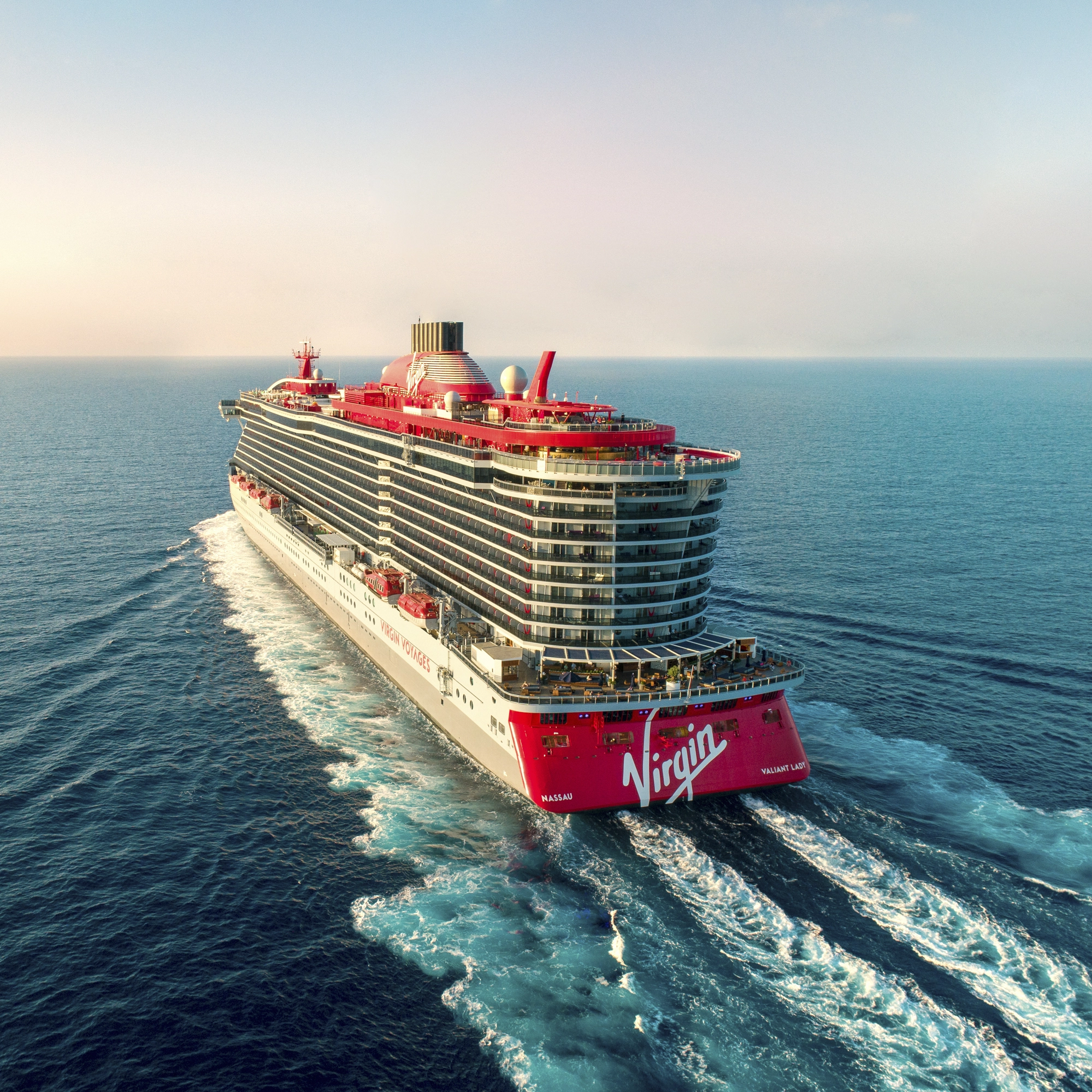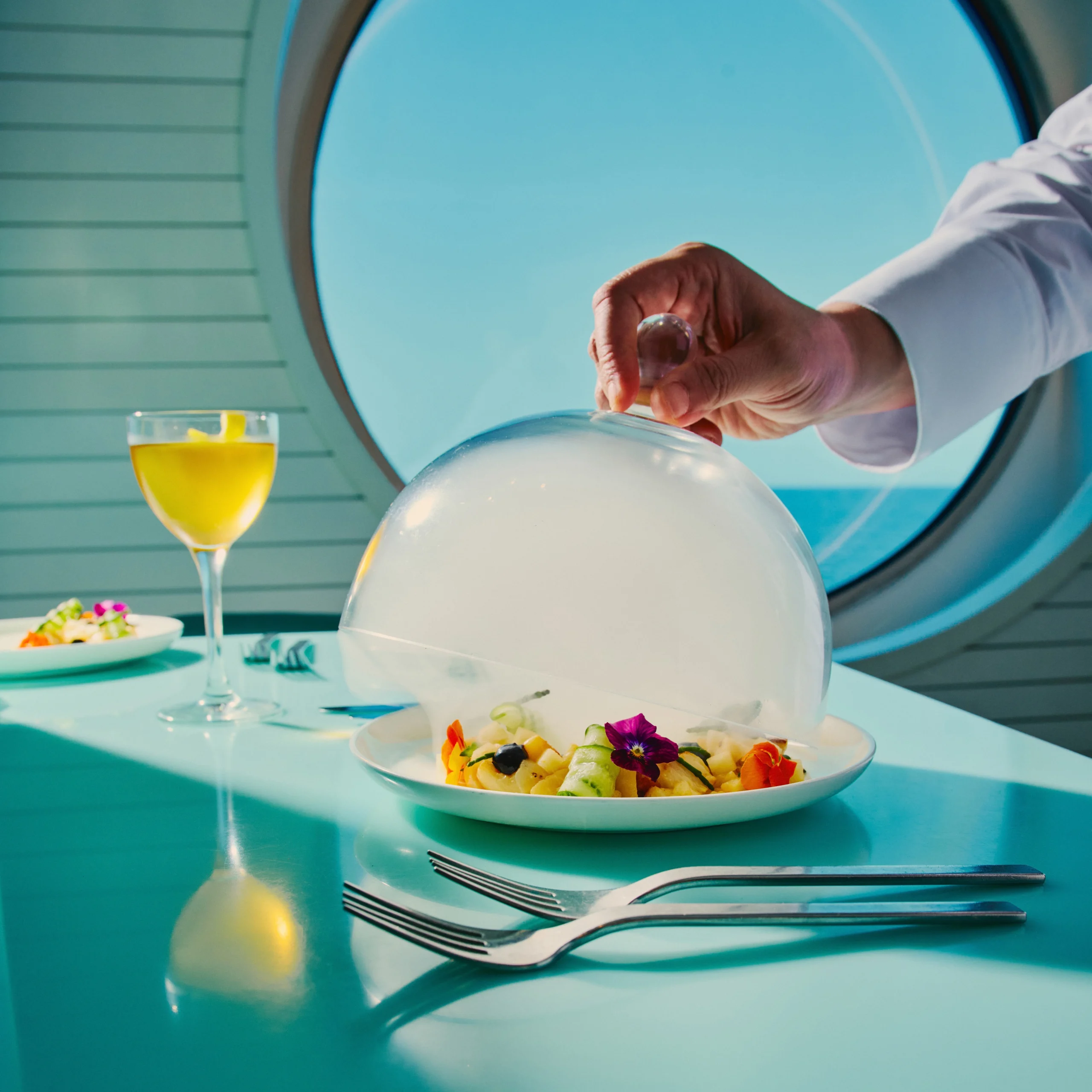by Alyssa Morlacci | March 6, 2020
How to Plan the Perfect Road Trip to the Treasure Coast
With unspoiled beaches and rare attractions, the Treasure Coast proves it’s more than just a drive-through town; it’s the secret jewel of South Florida.

In 1715 a fleet of Spanish ships loaded with treasures was traveling back to Spain when a hurricane struck, causing 11 of the 12 vessels to sink just off of Florida’s east coast; millions of dollars worth of gold, silver and jewelry rained down on the ocean floor like confetti. Three hundred years later, divers still search for these riches—their hunt taking place up and down what’s been coined Florida’s Treasure Coast, stretching from Stuart to Sebastian.
Made up of three counties—Martin, St. Lucie and Indian River—the Treasure Coast is in many ways a yet-to-be discovered secret.
“Most people might just drive by because we’re right between Orlando and Miami,” says Charlotte L. Bireley, director of tourism and marketing for Visit St. Lucie.
Travelers just passing through the Treasure Coast miss the opportunity to admire all 65 miles of its unspoiled beaches; views of nature unmarred by high-rises; some of the state’s finest fishing and golfing; and a growing arts and culture scene.
Martin County, the Treasure Coast’s Southernmost point, is home to Blowing Rocks Preserve managed by the Nature Conservancy, the largest Anastasia limestone beach on the East Coast; and Jonathan Dickinson State Park, where visitors can camp, explore and paddle along the Loxahatchee River.
Perched on the coast of this county is downtown Stuart, a gem known for its quaint boutiques, such as Snappy Shack and Gumbo Limbo Coastal Chic, as well as its beloved restaurants, including The Gafford and District Table & Bar.

After you’ve shopped and snacked by the sea, head north into St. Lucie County, a haven for history buffs and outdoor enthusiasts alike. While you’re there, tour the National Navy SEAL Museum in Fort Pierce. It’s the only museum dedicated solely to the history of the U.S. Navy SEALs.
Anglers will enjoy deep sea fishing via the Fort Pierce Inlet, a hub for mahi-mahi, tuna, sailfish, kingfish, swordfish and pompano. A few miles south, equestrians gravitate toward Hutchinson Island, as it is one of the few places in Florida that allows horseback riding on the beach.
In addition to the natural beauty found in St. Lucie County, the region also has some notable manmade landmarks. Every year, Clover Park in Port St. Lucie becomes the Spring training home for the New York Mets. If you’d rather swing a birdie than catch a fly ball, visit the PGA Golf Club, a 54-hole championship golf course designed by legends Tom Fazio and Pete Dye.
Cap off your Treasure Coast trip with a stop in Indian River County. In Vero Beach, Broadway-trained actors and performers take the stage at Riverside Theatre where an unsurpassable lineup of live theater shows, comedies, ballets, concerts and lectures are constantly cycling through.

For a front-row seat to Florida’s ecosystem, cruise through Blue Cypress Lake on an airboat and keep an eye out for blue herons, white ibis, snowy egrets and the occasional gator.
Vero Beach holds even more treasures beneath the surface. Take a snorkeling trip to the SS Breconshire Shipwreck for sightings of a 300-foot-long, 19th-century ship submerged 20 feet below the surface, where bluehead wrasse and angelfish swim among the leftover bow and boilers.
From sunken ships to native wildlife, Florida’s Treasure Coast offers a wealth of attractions and intriguing history. Traverse this vibrant region and you’ll find that the gold and silver hidden on the ocean floor aren’t the only riches waiting to be discovered.





